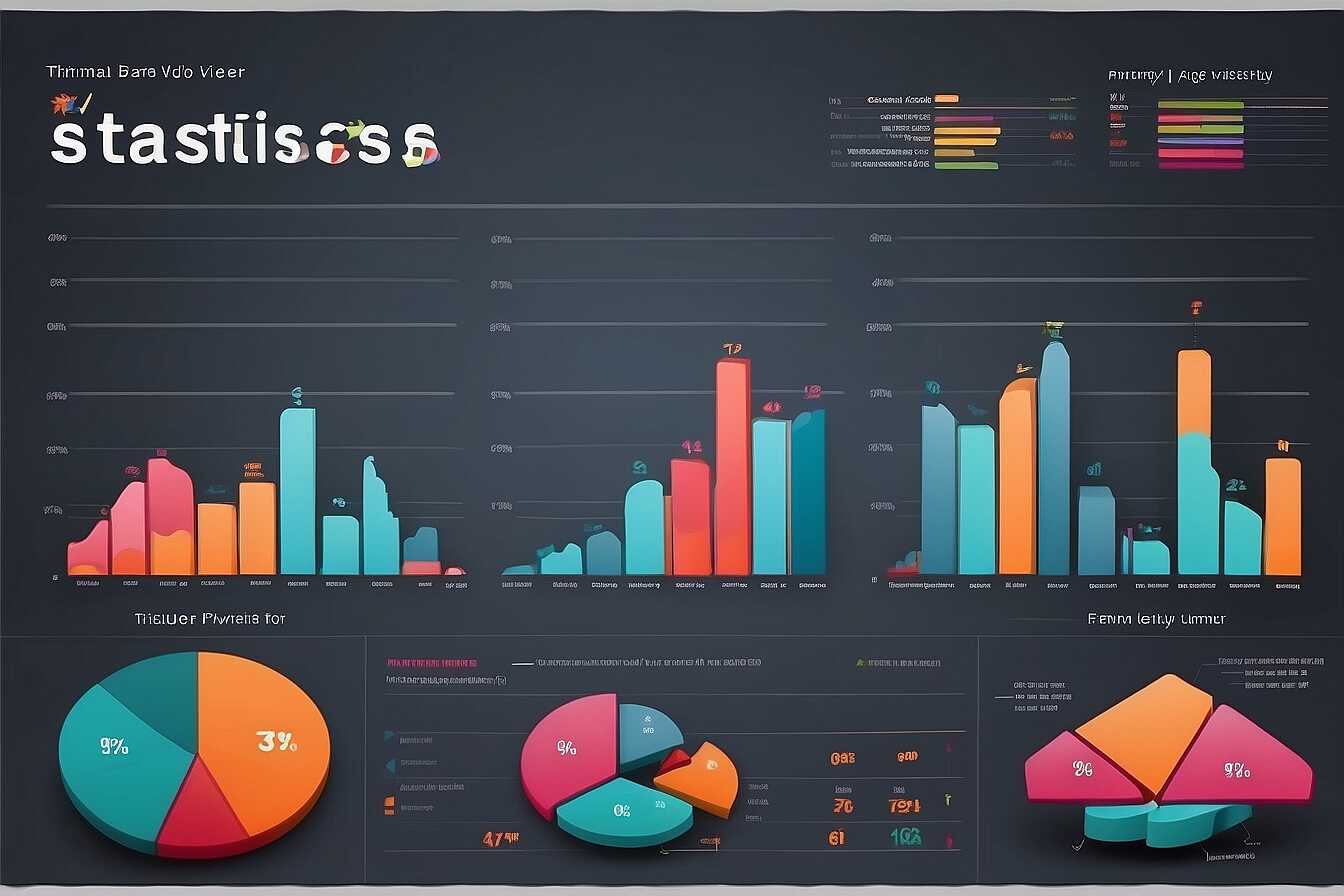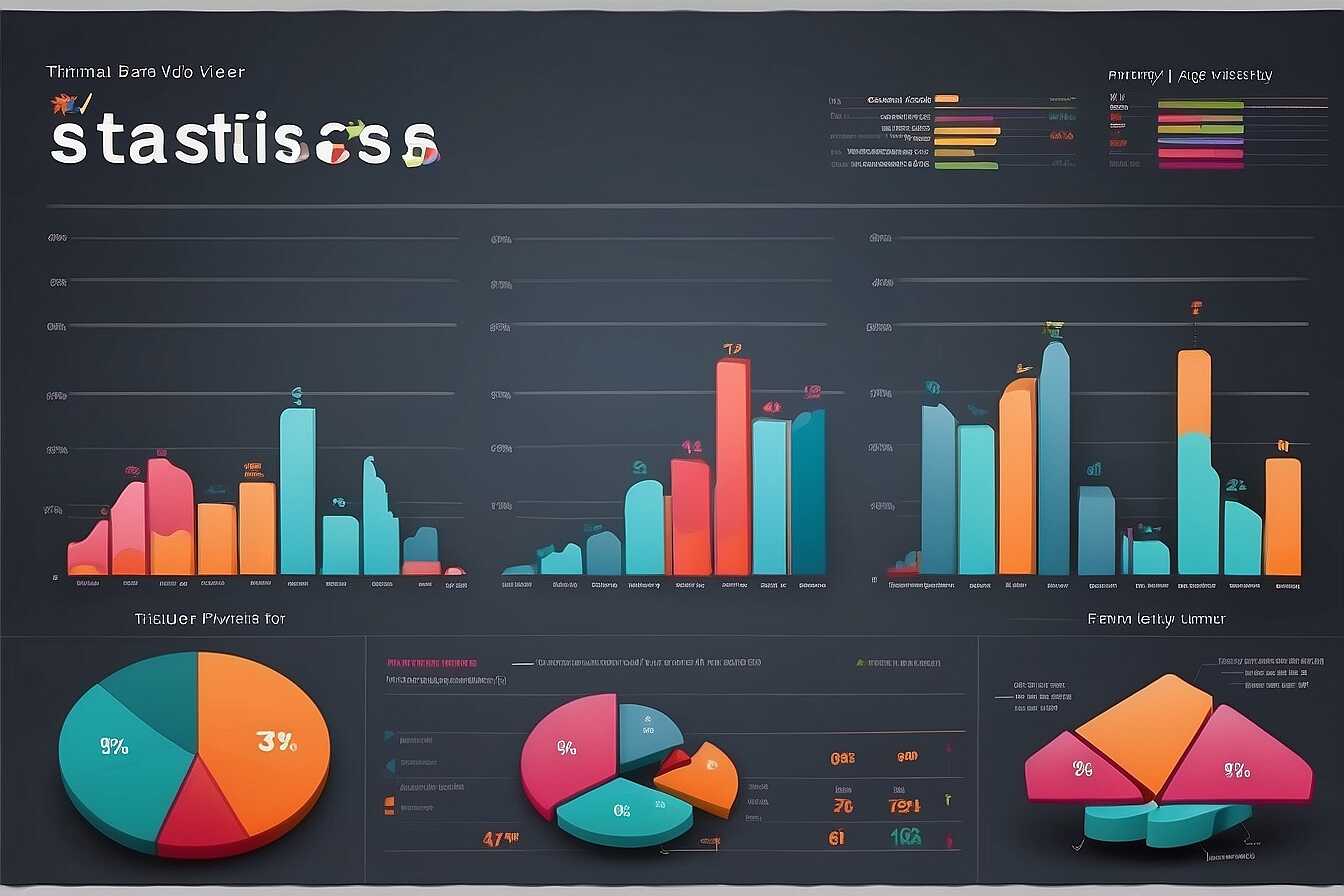Leveraging Semantic SEO and topic clusters can significantly enhance your content authority and improve search engine rankings. By understanding the relationship between keywords and user intent, you can create organized content that fulfills search queries more effectively. At Metrics Rule, our expertise as a Technical and On-page SEO Analyst helps you implement these strategies to elevate your digital marketing efforts. We focus on optimizing your website’s structure and utilizing data-driven insights to ensure your content resonates with search engines and users alike.
Defining Semantic SEO and Its Role in Digital Marketing
Semantic SEO refers to optimizing content based on the meaning and context of search queries instead of just keywords. It enhances search relevance, ensuring that search engines like Google understand content nuances. This clarity improves user engagement by delivering more accurate search results that meet user intent. Key techniques for Semantic SEO include using topic clusters, structured data, and context-rich content, which collectively enhance content authority and ranking potential.
Understanding the Impact of Semantic SEO on User Experience
Semantic SEO significantly enhances user experience by improving the accuracy of search results. When content is optimized semantically, users find answers to their queries faster and more reliably. Techniques such as utilizing related keywords and contextually relevant topics help search engines understand the content’s purpose. For example, by using structured data and clear formatting, websites can appear more attractive in search results, leading to increased click-through rates. This improved performance not only satisfies user intent but also enhances the overall digital marketing strategy.
Building Structured Topic Clusters for Effective SEO
Topic clusters significantly assist in aligning content with user search intent by organizing related content around a central theme. For instance, a pillar page about “SEO Techniques” could link to various related subtopics like “On-Page SEO,” “Technical SEO,” and “Keyword Research.” This method not only enhances user experience by providing comprehensive answers but also improves crawling and indexing efficiency. SEO professionals employ various strategies, such as mapping out content relationships using tools like AI and analytics to identify topics that resonate with users’ needs. They also review competitive content to ensure their topic clusters stand out. When creating a successful topic cluster, a minimum of three to five pieces of supportive content should be generated to adequately cover the subtopics and enhance authority in the main subject area.
Essential Techniques for Mapping Content Relationships
Mapping content relationships effectively is crucial for the success of your topic clusters. Start by conducting thorough keyword research that reveals user queries and search intent. Use tools that analyze SEO data to discover commonalities between keywords. For instance, when creating a cluster around “Digital Marketing Strategies,” you may identify key subtopics like “Content Marketing,” “Email Campaigns,” and “Social Media Tactics.” Each of these subtopics should have its own dedicated page that interlinks back to the main pillar page. This approach not only ensures consistent content creation but also enhances your site’s SEO by clearly defining the relationships between different topics, making it easier for search engines to index them correctly. Those connections, informed by reliable data analysis, will significantly improve the performance of your content strategy in the competitive digital marketing landscape.
The Connection Between Topic Clusters and Content Authority
Topic clusters enhance content authority by organizing related content around a central theme. This structure helps search engines understand the depth of a site’s content, which can improve search engine optimization (SEO) and organic rankings. Key components include pillar pages that provide comprehensive coverage of a topic and supporting cluster content that dives into specific sub-topics. Effective content interlinking reinforces the relationship between these pieces, ensuring that both users and search engines can navigate easily, thereby improving engagement metrics and reliability.
Understanding the Importance of Content Interlinking
Content interlinking is essential for maximizing the potential of topic clusters. When cluster content links back to the pillar page, it creates a network of relevance that search engines favor. This enhances the perceived authority of the content, as it clearly demonstrates the depth of information available. In 2025, using effective interlinking strategies can improve rankings by an estimated 20 to 30 percent. This highlights the need for SEO professionals to design strategies that focus on enhancing connections between relevant content, thereby enabling better crawling, indexing, and user experience throughout the site.
Key Numerical Insights on Semantic Optimization and Content Structures
- 75% of online content fails to target user intent effectively.
- 57% of all clicks go to the first three results in search engines.
- Semantic search accounted for 60% of searches on Google last year.
- Optimizing content clusters can improve traffic by 30-40% over 6 months.
- Around 80% of marketers prioritize content that builds authority.
- Companies using topic clusters see a 50% increase in organic search visibility.
- A well-structured website can result in a 25% boost in conversion rates.

Strategies for Integrating Semantic SEO with Topic Clusters
To merge Semantic SEO principles with topic clusters, focus on creating content that covers a central theme comprehensively. The best strategies include conducting thorough keyword research to identify related terms. Then, group these keywords into clusters that serve as the backbone for your content. Ensure that each piece is interconnected through internal linking, providing a clear hierarchy of information. Utilizing tools for keyword optimization helps enhance content authority and improves search engine rankings. Aim to create at least five to eight articles within each topic cluster for the best performance.
Utilizing Keyword Optimization Tactics in Topic Clusters
Keyword optimization tactics play a crucial role in effective topic clusters. Start by appraising the search intent behind your keywords. This ensures your content aligns with what users are seeking. Utilize a semantic approach to identify related keywords that will enhance the primary cluster topic. For example, if you have a cluster about “e-commerce SEO,” consider using terms like “cart optimization,” “payment processing,” and “conversion rates.” Each article should delve into these topics while related to the main theme. Regularly review your keywords to keep content updated and ensure relevance, thus enhancing user experience and search engine visibility.

Data-Driven Approaches to Identifying Topical Gaps
To effectively identify topical gaps in your content strategy, utilize tools like Google Analytics, SEMrush, and Ahrefs. These platforms provide insights into which keywords bring traffic and highlight related topics you may have overlooked. By leveraging data analytics, SEO professionals and digital marketers can enhance their topic clusters and ensure their content offerings are rich and relevant. Regularly reviewing this data enables you to refine your strategy and focus on what works best for your audience, improving overall performance and search rankings. Aim to address at least 30% of existing content by filling in these gaps to ensure SEO results are maximized.
Employing Data Analytics for Topic Identification
Employing data analytics is essential for effectively identifying topic clusters and content gaps. Tools like Google Trends and keyword research tools can provide invaluable insights into rising topics within your niche. For instance, if your site is focusing on e-commerce, tracking search patterns related to specific products and reviewing competitors’ content can help sharpen your focus. These analytics enable you to create content that aligns with current market demands. Analyzing user engagement data further reveals which topics resonate with your audience, ensuring your content remains relevant and authoritative in the competitive digital landscape.
Advantages of Strategic Topic Organization and Keyword Understanding
- Semantic strategies improve the connection between related concepts.
- Enhanced structure allows users to find relevant content more easily.
- It fosters a better understanding of audience needs and preferences.
- Improved search rankings lead to higher organic traffic over time.
- Using topic clusters creates authority in niche subjects.
- Better clarity in content navigation enhances user experience.
- An organized content strategy saves time in future content creation.

Evaluating the Performance of Your SEO Tactics
To effectively evaluate the performance of your Semantic SEO strategies, focus on the right metrics. Key performance indicators (KPIs) include organic traffic, keyword rankings, bounce rates, and user engagement metrics. By tracking these performance metrics, you’ll identify which strategies enhance content authority. Comparing the effectiveness of different topic clusters helps pinpoint high-performing content and topics that resonate with your audience. A successful Semantic SEO outcome often results in an organic traffic increase of at least 20% over three months.
Understanding Performance Metrics for SEO Success
Performance metrics are essential for gauging the success of your SEO efforts. Use tools like Google Analytics to measure organic traffic, monitor keyword rankings, and analyze bounce rates for each topic cluster. This data provides insights into user behavior, enabling you to enhance your content strategy. Regular reviews of engagement metrics, such as session duration and pages per session, help assess which content provides the best user experience. Focusing on data-driven analysis enhances decision-making, ensuring your SEO strategies are reliable and effective in achieving desired results.
Common Challenges in Implementing Semantic SEO
Companies often encounter several challenges when implementing Semantic SEO. One major hurdle is understanding how to create effective topic clusters that enhance content authority. Many businesses struggle with content relevance, finding it difficult to ensure that their articles resonate with users’ search intent. Additionally, keyword optimization can pose a problem, especially when trying to balance between broad and long-tail keywords. Research indicates that around 70% of businesses face difficulties in adapting their strategies to incorporate Semantic SEO effectively, often due to a lack of expertise or resources. These challenges can hinder their ability to achieve higher search engine rankings and better user engagement.
Strategies to Overcome Semantic SEO Challenges
To enhance the effectiveness of Semantic SEO, businesses should adopt specific strategies designed to tackle common pitfalls. First, they should invest time in keyword optimization techniques, utilizing robust tools that analyze search intent and user behavior. Creating content that genuinely addresses user queries enhances relevance and boosts performance in search results. Implementing a well-structured topic clusters strategy also plays a critical role. This includes developing pillar content that links relevant subtopics, ensuring a cohesive understanding of the subject matter. Regular reviews and performance testing of content can lead to improved results, making Semantic SEO a reliable method for driving quality traffic.
Brands or User Groups Benefiting from Structured Content Approaches
- Educational websites often use structured content to enhance learning.
- Marketing agencies depend on data-driven content for client success.
- Non-profits benefit from clear information to engage supporters effectively.
- eCommerce platforms use this approach to boost product discoverability.
- Tech blogs leverage clear organization to maintain audience interest.
- Travel sites efficiently present options to enhance user planning.
- Health and wellness content benefits by simplifying complex topics.
Looking Ahead: Future Directions in Semantic SEO and Content Strategy
As we move toward 2025, emerging trends in Semantic SEO include the rise of AI-driven content creation, voice search optimization, and a focus on user intent. Businesses need to recognize that effective content strategies now require integration with tools like machine learning and natural language processing, which can enhance keyword targeting and relevance. Key areas for development include optimizing for featured snippets, improving local SEO, and understanding semantic search engines like Google and Bing. These areas will contribute to overall content authority improvement.
Tools and Techniques Driving Semantic SEO Success
To effectively implement Semantic SEO, businesses should incorporate various tools and techniques aimed at enhancing content authority. Utilizing AI tools for keyword research can streamline the process, ensuring that content addresses user intent through reliable data analysis. Leveraging structured data like Schema markup enables search engines to better understand content context. Additionally, employing analytics tools helps measure content performance and user engagement, offering insights that inform strategy refinements. By focusing on these elements, SEO professionals will find great success in the evolving digital landscape.
